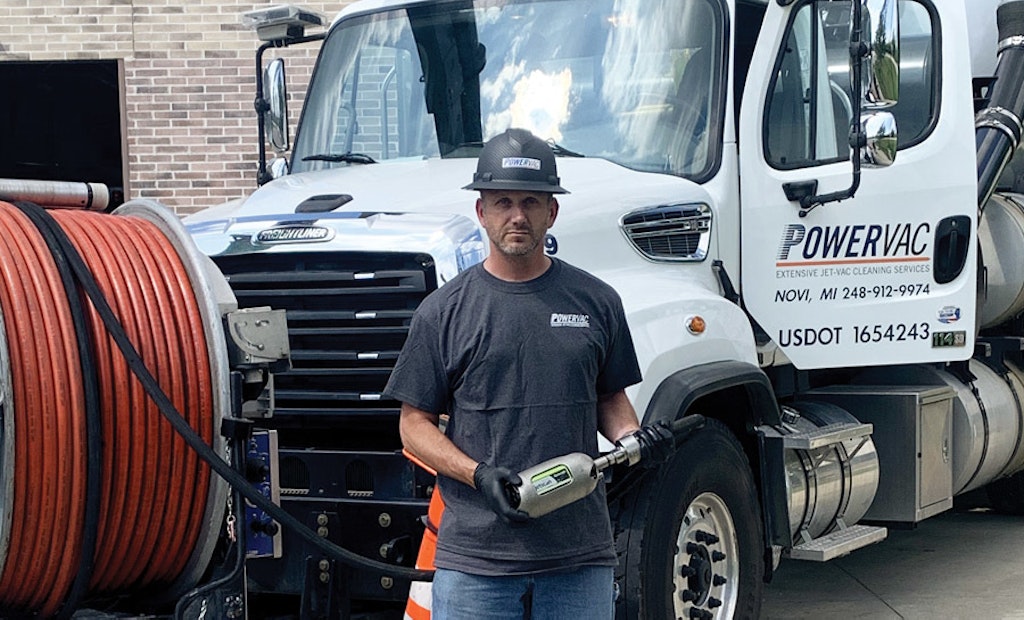
Jon Korotko, a field superintendent and division manager at PowerVac of Michigan, says the Envirosight Jetscan nozzle makes his crew more efficient because it combines cleaning and inspection in one process.
Imagine the productivity and profitability jump achieved by jetting and inspecting a sewer line simultaneously.
Jon Korotko doesn’t have to imagine it. The field superintendent at PowerVac of Michigan experiences it every time he turns his vac truck into a camera truck with the...





